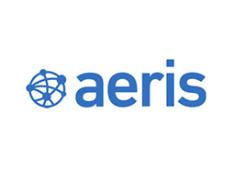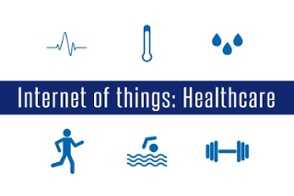Three ways IoT will solve financial issues burdening health care providers

Improving medication adherence with IoT
Inadequate medication adherence is a global issue. The estimated annual cost of inadequate medication adherence to the US healthcare system is between $100 billion and $289 billion.
(Agency for Healthcare Research and Quality, 2012). In Europe, slippage in medical adherence contributes to an estimated €125 billion(US$ 139.58 billion) cost to health care providers. (Pharmaceutical Group of the European Union (PGEU), 2008).
How does inadequate medication adherence cost the healthcare system?
The first way health care providers lose money from a lack of adherence is simply from prescription drugs going to waste. Hospitals waste medication when they fail to correctly bill Medicare Service for discarded drugs or when their patients fail to take or pick-up their medication, says Carmi Brandis of Aeris.
The second way health care providers lose money is through costly, direct methods of ensuring patients are taking their medications. These methods include making the patient take their medication in the presence of a health care provider or measuring the level of medicine, metabolite, or biological markers in blood once a prescription is taken.
Finally, when a patient is hospitalised, health care providers and taxpayers may have to take on some of that cost depending on their health care plan. Approximately 6–16 % of all hospitalisations are caused by a drug-related problem, where poor adherence represents 40–50%, (Regeringskansliet, 2013), which means health care providers have an opportunity to significantly offset hospitalisations costs with adequate medication adherence.
What are the financial benefits of an IoT medication adherence system?
When it comes to medication adherence, the burden of responsibility is on the health care provider. When more than one out of every 10 people over the age of 80 have 10 or more pharmaceuticals (Regeringskansliet, 2013), patients and their health care providers are going to need some help.
- First, with a proper IoT Medication Adherence System in place, healthcare providers can ensure not only that their patients are picking up their medications, but also that they are taking the right medication at the right time. The result is a system that reduces the amount of wasted medication in a way that’s far more cost-effective than direct methods.
- Second, multi-year studies found that patients with high medication adherence had significantly lower hospitalisation rates. If healthcare providers invest in an IoT medication adherence system, they can lower the rate of hospitalisation and yield a material net reduction in overall health costs.
- Third, health providers that adopt an IoT medication adherence system will see reduced costs from overcoming inadequate medication adherence. They also may see significant financial rewards for their efforts.
The Health Information Technology for Economic and Clinical Health (HITECH) Act established financial incentives for qualified healthcare professionals that use certified electronic health records (EHRs) in a meaningful way. Health professionals who are part of an Accountable Care Organisation (ACO) also can receive financial rewards for meeting certain quality reporting or performance requirements, as well as a cost-savings targets.
The IoT is well suited to facilitate EHRs with its ability to track, organise, and make large amounts of data accessible to doctors, patients, and qualified caretakers. And with built-in reporting tools, hospitals and physicians that are part of an ACO will have an easier time showing that they are meeting performance requirements with an IoT medication adherence system in place.
The author of this blog is Carmi Brandis of Aeris
Comment on this article below or via Twitter @IoTGN

